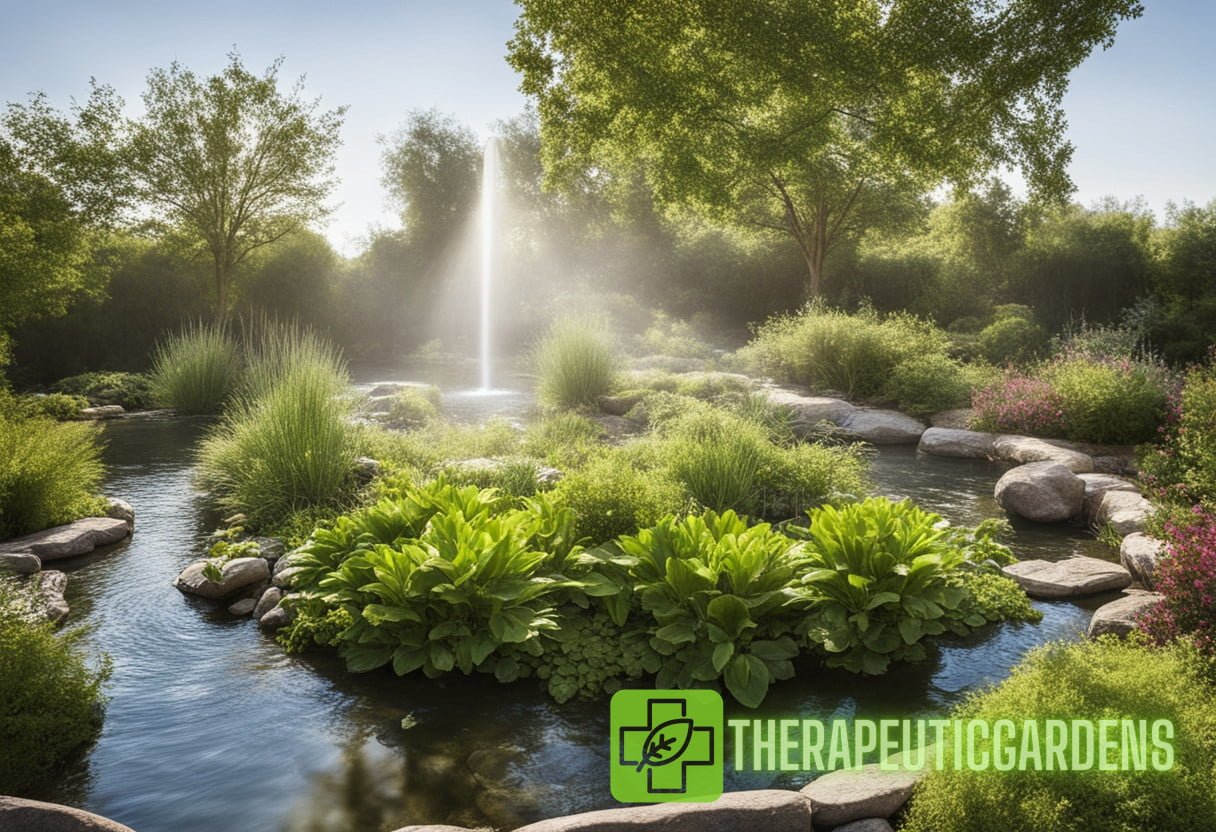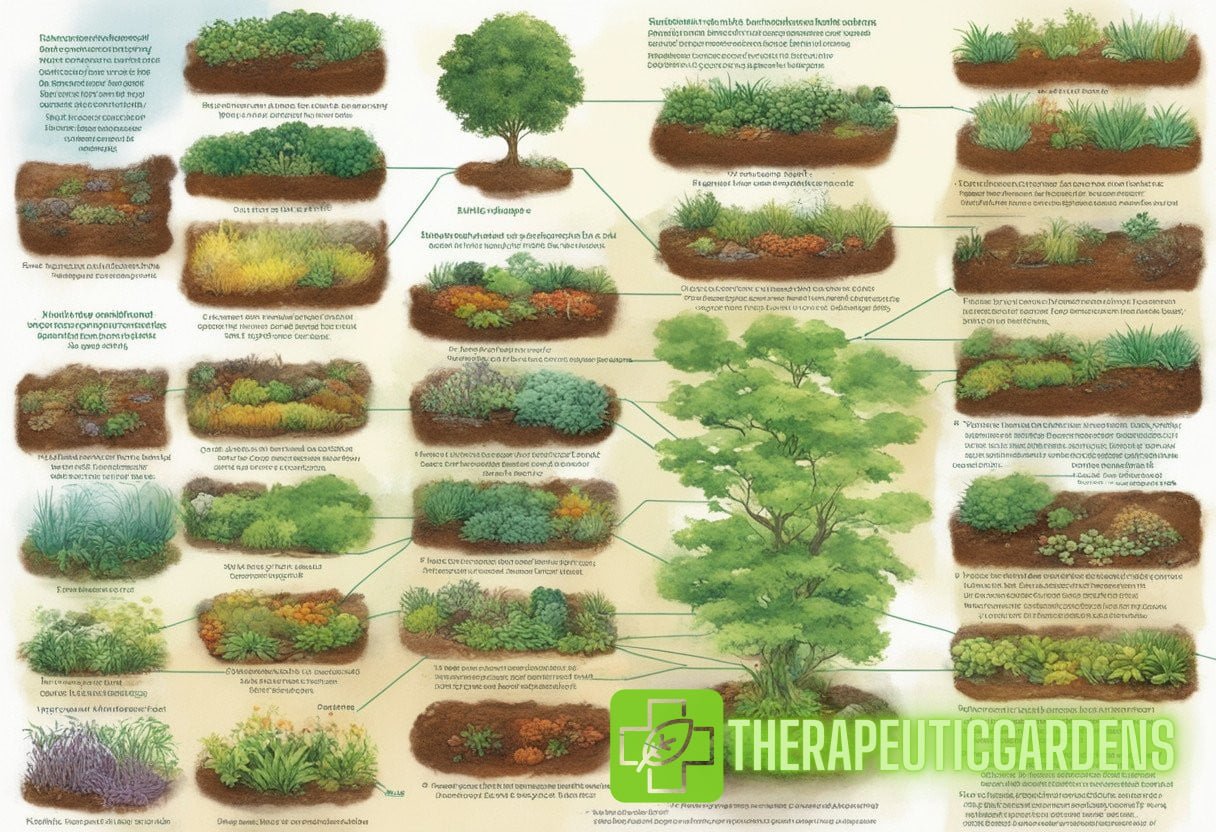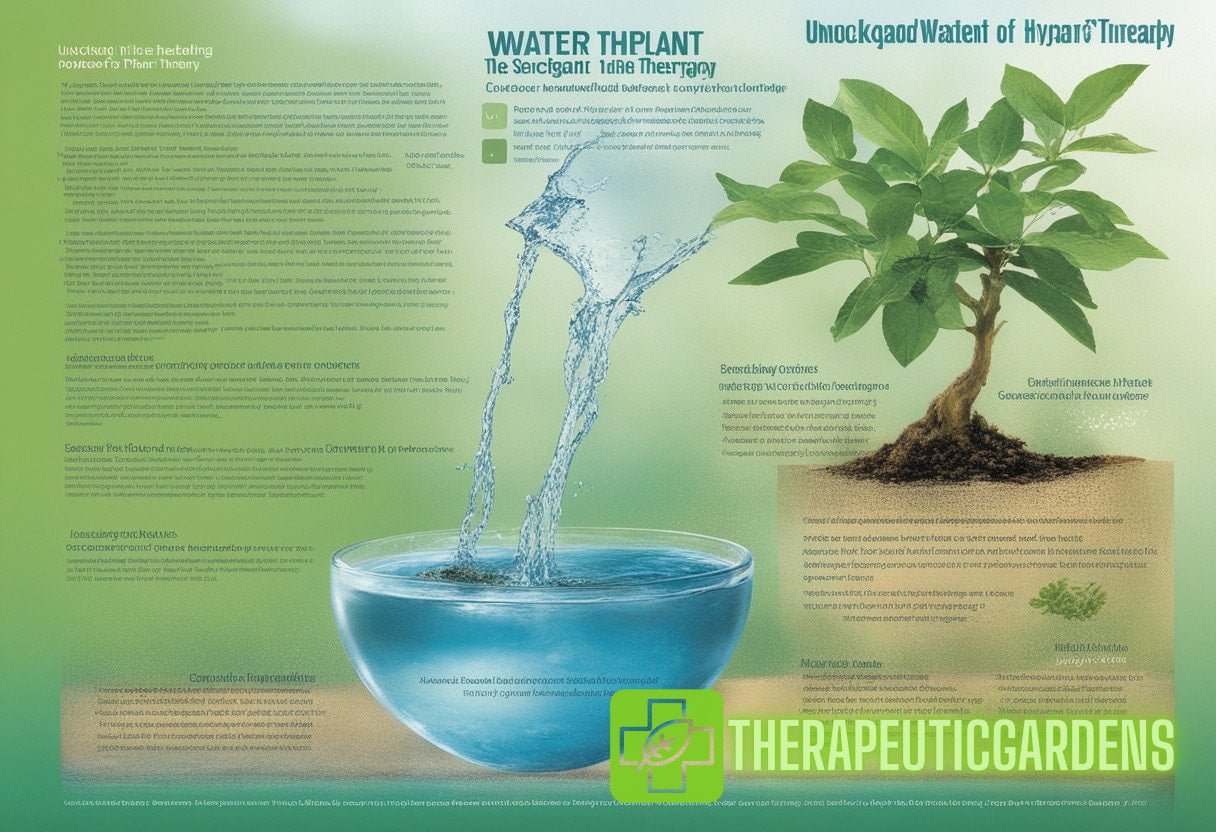Aquatic Harmony: The Science Behind Water’s Role in Plant-Based Wellness Gardens
Plant-based wellness gardens are becoming increasingly popular as people seek out natural methods to enhance their well-being. One key component in these gardens is water, which plays a foundational role in plant health and overall garden equilibrium. In this article, we will delve into the science behind water’s integral role in plant-based wellness gardens.
The Importance of Water in Plant-Based Wellness Gardens
Plants, much like all living organisms, require water for survival. However, in the context of wellness gardens, water does much more than merely sustain life. It creates an environment where plants can thrive, thereby maximizing their therapeutic benefits for humans. Water is vital to multiple processes that underpin plant growth and health.
Photosynthesis
Photosynthesis is the process by which plants use sunlight to synthesize foods from carbon dioxide and water. Water is one of the key ingredients in this transformative process. During photosynthesis, water molecules are split into oxygen and hydrogen, enabling the plant to create the energy it needs to grow.
Nutrient Transport
Another critical function of water in plants is its role in nutrient transport. Water carries dissolved minerals and other nutrients from the soil into the roots, and then through the plant’s vascular system to all other parts of the plant. This ensures that every cell receives the nutrients it needs to perform its function effectively.
Cell Structure and Growth
Water provides turgor pressure, which helps maintain cell structure. This pressure is essential for keeping the cells turgid, thereby making the plant stand upright. Additionally, water aids in plant growth by enabling cell elongation and enlargement.
Scientific Principles Underlying Water Utilization in Wellness Gardens
Understanding the scientific principles behind water utilization can significantly enhance the effectiveness of wellness gardens.
Soil-Water Relationship
The relationship between soil and water plays a crucial role in the health of plants. Soil textures such as sand, silt, and clay can affect how water is retained and distributed. When choosing soil for a wellness garden, it is critical to consider the soil’s water-holding capacity and drainage properties.
Water Quality
Water quality is another essential factor to consider. Contaminants such as heavy metals, salts, and chemicals can harm plants and, by extension, human health. Using clean, pH-balanced water is vital for the overall success of your wellness garden.
Irrigation Techniques
Implementing efficient irrigation techniques can optimize water use and ensure that plants receive the right amount of water. Some methods include drip irrigation, which minimizes water waste by delivering water directly to the plant roots, and misting, which can help maintain humidity levels, especially in greenhouses.
Types of Water Sources for Wellness Gardens
Several types of water sources can be used in wellness gardens, each with its advantages and considerations.
Rainwater
Rainwater is one of the best options for watering a wellness garden because it is free from many of the contaminants found in tap water. Collecting and storing rainwater can be an efficient and sustainable way to keep your garden hydrated.
Tap Water
While convenient, tap water might contain chlorine and other chemicals that can be harmful to plants. If tap water is the primary source of hydration in your garden, you may need to treat it to remove any harmful substances.
Greywater
Greywater systems recycle water from showers, sinks, and laundry for use in irrigation. When using greywater, it’s essential to ensure that the chemicals in soaps and detergents are plant-friendly.

Optimizing Water Usage for Specific Plant Types
Different plants have varying water needs. Understanding these needs can help in creating an optimized watering schedule. Here are some considerations for specific plant types commonly found in wellness gardens.
Herbs
Herbs such as basil, mint, and rosemary generally require moderate watering. Keeping the soil consistently moist but not waterlogged is ideal for these plants. Drip irrigation is a perfect method for herbs as it ensures that water is delivered directly to the roots.
Flowering Plants
Flowering plants often need more water during their blooming periods. Roses, for example, require deep watering to encourage healthy root systems. Mulching can help retain moisture and reduce the frequency of watering.
Succulents and Cacti
These plants have unique water storage capabilities, allowing them to thrive in low-water conditions. Over-watering can harm succulents and cacti, so it’s essential to let the soil dry out completely between watering sessions.
The Psychological and Physical Benefits of Water in Wellness Gardens
Beyond its role in plant health, water contributes significantly to the wellbeing of individuals who spend time in wellness gardens.
Stress Reduction and Relaxation
The sound of running water from fountains or streams can be incredibly soothing. Scientific studies have shown that exposure to natural water settings can substantially reduce stress levels and promote relaxation.
Meditative Qualities
Incorporating water features can also enhance meditation practices. The sight and sound of water can serve as focal points, helping individuals reach deeper states of mindfulness and tranquility.
Hydroplant Therapy: The Revolutionary Approach
Hydroplant therapy is a growing field that merges the principles of hydroponics with the therapeutic benefits of gardening. By using water-based growing techniques, hydroplant therapy can create more controlled environments, optimizing plant health and maximizing their therapeutic effects. Learn more about this in-depth in our comprehensive article on hydroplant therapy.
Water-Adapted Healing: A Holistic Method
Water-adapted healing integrates water elements into wellness gardens to foster a more holistic healing environment. This approach focuses on the synergistic effects of water and plants to promote physical and mental well-being. For a thorough understanding, refer to our detailed guide on water-adapted healing.
Caring for Your Wellness Garden
Maintaining a wellness garden requires consistent care and attention. Here are some practical tips:
- Regularly check soil moisture levels and adjust watering schedules accordingly.
- Use mulch to retain moisture and reduce weeds.
- Monitor plant health and address any issues promptly.
- Rotate plants to ensure even water distribution.
Conclusion
The role of water in plant-based wellness gardens cannot be overstated. From supporting vital plant functions to creating a serene environment for human relaxation and healing, water is indispensable. By understanding and utilizing the scientific practices of water usage, you can create a thriving wellness garden that offers a multitude of benefits.
For more information, explore our other resources on hydroplant therapy and water-adapted healing.



